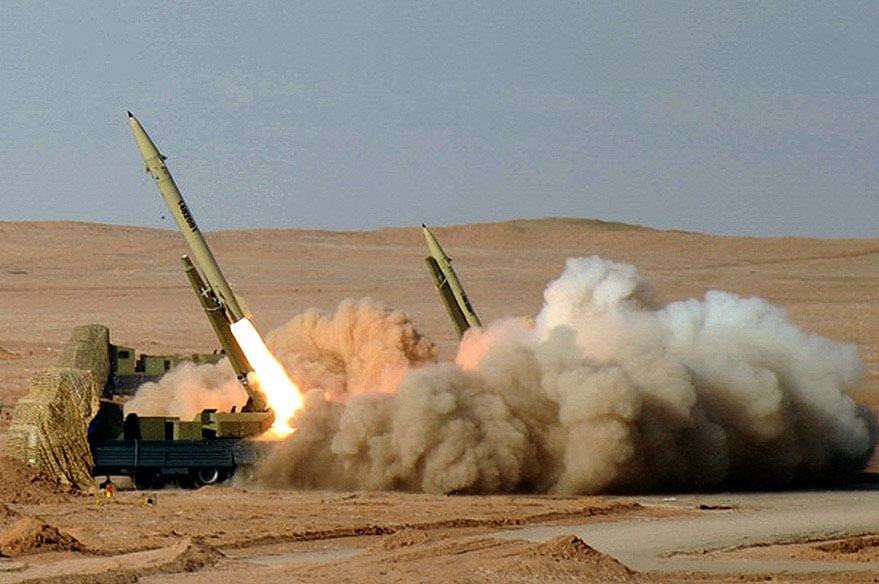The Iranian Conundrum
January 20, 2020
With WW3 memes flooding social media, it’s worth asking just what is going on. President Trump has played hardball with the Iranians and their governments ties to terrorism. The Iranians declared a quick and revengeful response.
The United States and Iran have had many conflicts in the past. However, the Trump vs Iran conflict can be traced back to the first event–pulling out of the nuclear deal. On May 8th, 2018 the United States pulled out of Iran Nuclear Deal or the (JCPOA). President Trump called the deal a “waste of paper.” The US on May 21 demanded Iran make sweeping changes – from dropping its nuclear program to pulling out of the Syrian war – or face severe economic sanctions. The Trump administration’s 12 demands, which are outlined by US Secretary of State Mike Pompeo, were rejected by Tehran.
The US on August 7 reimposed the first round of sanctions on Iran, originally lifted as part of the nuclear deal. They prohibit trade with a number of business sectors – from aviation and carpets to pistachios and gold. Two months later a second round of sanctions are imposed which hit key oil and banking sectors.
Then on April 8th 2019, the United States took the bold step of designating the Islamic Revolutionary Guard Corps a “terrorist organization.” This marked the first time Washington formally labeled another nation’s military force a terrorist group. Iran then responded quickly by declaring the United States “a state sponsor of terrorism.” In May, the President announced an aircraft carrier strike team would move to the region along with more sanctions on steel and mining sectors.
The President declared, “If Iran wants to fight, that will be the official end of Iran. Never threaten the United States again!” after a rocket hits close to the embassy in Baghdad.
After an eventful May, June escalated with the Iranians shooting down an American drone. Fast forward through a few oil tankers captured by both sides. On December 27 in Kirkuk, rocket attacks killed an American contractor. At an Iraqi military base two days after in Qaim, the US launched airstrikes targeting the bases of Iranian-backed militias in Iraq. Four days after that on December 31, the American Embassy in Baghdad is attacked by an Iranian-backed militia. The United States was quick to respond. Apache Helicopters were deployed swiftly.
In retaliation on January 3rd, President Trump ordered a precise strike on Iranian General and terrorist Qasam Soleimani, sparking outrage from Iranian leaders. Two days later, Iran announced it will no longer abide by the nuclear deal. Then, as promised, the Iranian regime launched over a dozen missiles, which hit two separate Iraqi bases housing US and coalition troops. It seemed that American soldiers were intentionally missed and were warned before the attacks took place because there were no American casualties. Hours after the missile attacks, a Ukrainian passenger plane carrying 176 people was shot down by Iran. Iran has since said that they mistakenly downed the plane.
After this attack, President Trump addressed the nation. He called for peace and more sanctions. He stated that “Iran seems to be standing down.” He also strongly stated that as long as he is President, Iran will not have a nuclear missile.
Trump received support from British Prime Minister Boris Johnson, who said, “If we’re going to get rid of it, let’s replace it and let’s replace it with the Trump deal.”
The President, who has boasted his record of being anti-war, made it clear he is not afraid to use the force of the military. Touting peace through strength, the President was not afraid to elephant walk 54 F-35s in a clear show of American military might. But only time will tell if the President keeps his promises of staying out of wars and renegotiating the Iran Nuclear Deal.












